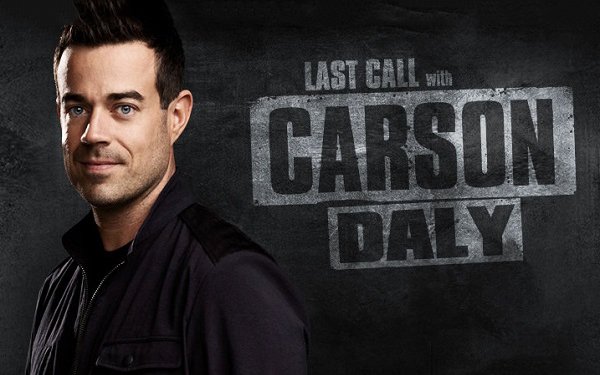
TV
advertising tech platform Simulmedia says there are more cost-efficient ways for advertisers to target consumers -- by going outside of expensive prime-time TV programming. But is this for
everyone?
For a recent campaign study, Simulmedia, the data-based TV targeting platform, says the average cost per conversion for prime time -- the cost of getting a consumer to
buy the product or service -- comes to $12.58. Other dayparts are much lower: daytime, $4.97; weekend, $6.35; fringe, $4.70; and early morning, $4.19.
Still, prime time performs better
when it comes to the “average” conversion rate per consumer -- the number of viewers who took action, divided by the total number of viewers -- but only a bit better.
Simulmedia
also says the prime-time average conversion rate was 1.44% -- slightly higher than other dayparts: early morning, 1.41%; daytime, 1.36%; and weekend, 1.30%.
advertisement
advertisement
Matt Collins, senior vice president
of marketing for Simulmedia, tells Television News Daily: “This isn't to say, don't buy prime time. There are other good reasons to do that -- e.g. brand association. Advertisers
focused on business outcomes, though, should consider other dayparts.”
To go outside of prime time, a marketer needs to buy much more inventory on more networks to reach the same goals
-- more than two times the number of spots airing and networks. But costs are still lower.
In one example -- based on women ages 25-54, with kids, who are cooking enthusiasts -- an
“audience-based plan” had a lower target CPM --$55.75 versus and “index-based plan” at $82.84. The audience plan was on 54 networks, to the index’s 23, with the audience
plan at 512 spots versus the index’s 239.
This amounted to around 9 million impressions (audience) versus 6 million (index) with a higher reach, as well -- 4.1 million to 2.98
million.
The frequency was higher with an audience plan -- 2.21 -- to the index’s 2.03, with the average index lower on an audience-based plan -- 127 to the index’s 188.
Still, there are questions from media buyers. Agency executives suggest some of this info is better suited to direct-response marketers than big brand advertisers that need higher-rated programming
for general awareness.
Simulmedia’s Collins: “We see that advertisers seeking to maximize audience reach are engaging here. In a fragmented TV landscape, advertisers are relying
more on advanced TV techniques to find their audiences, no matter the campaign objective. That includes those interested more in top of funnel results.”